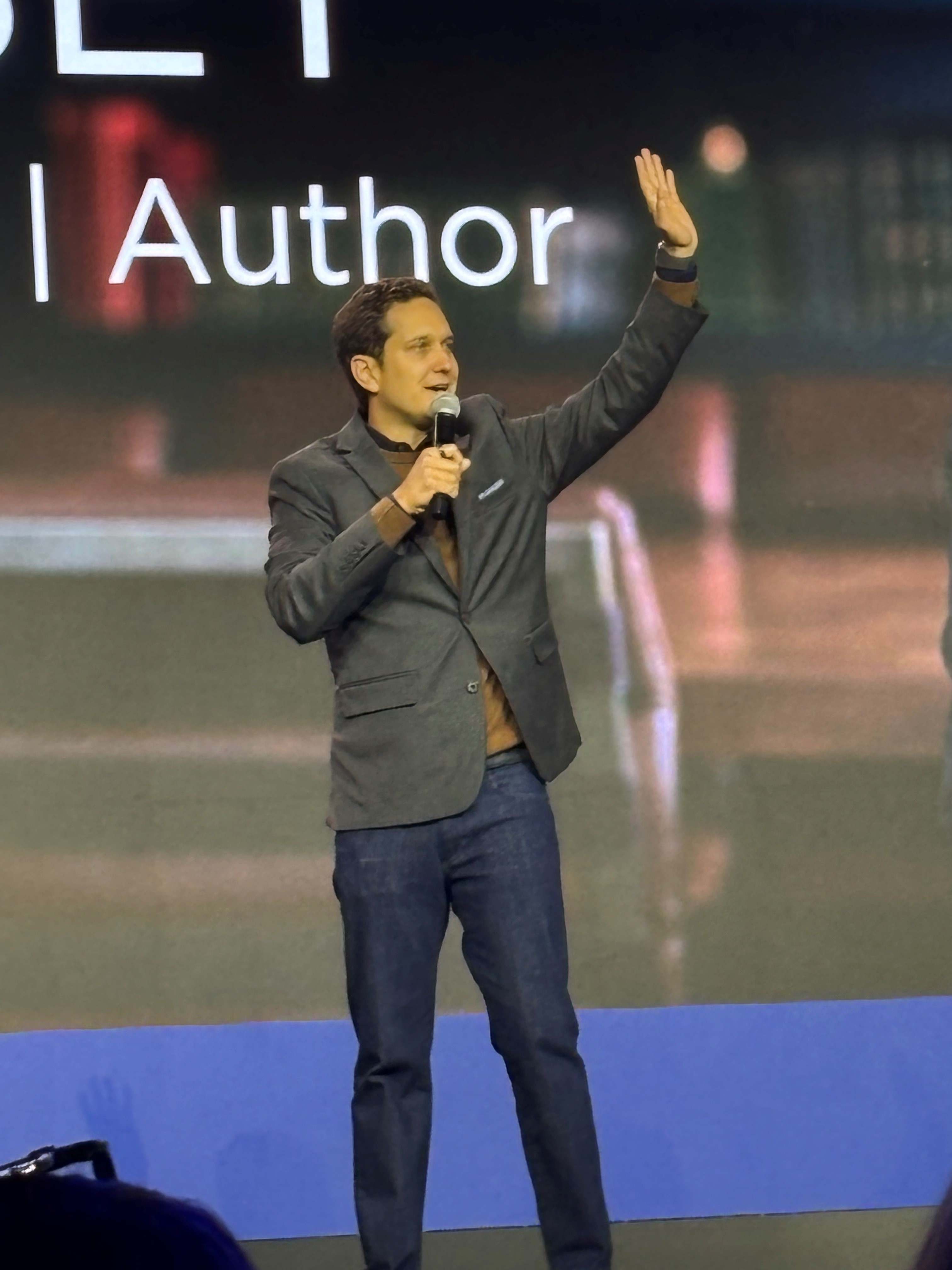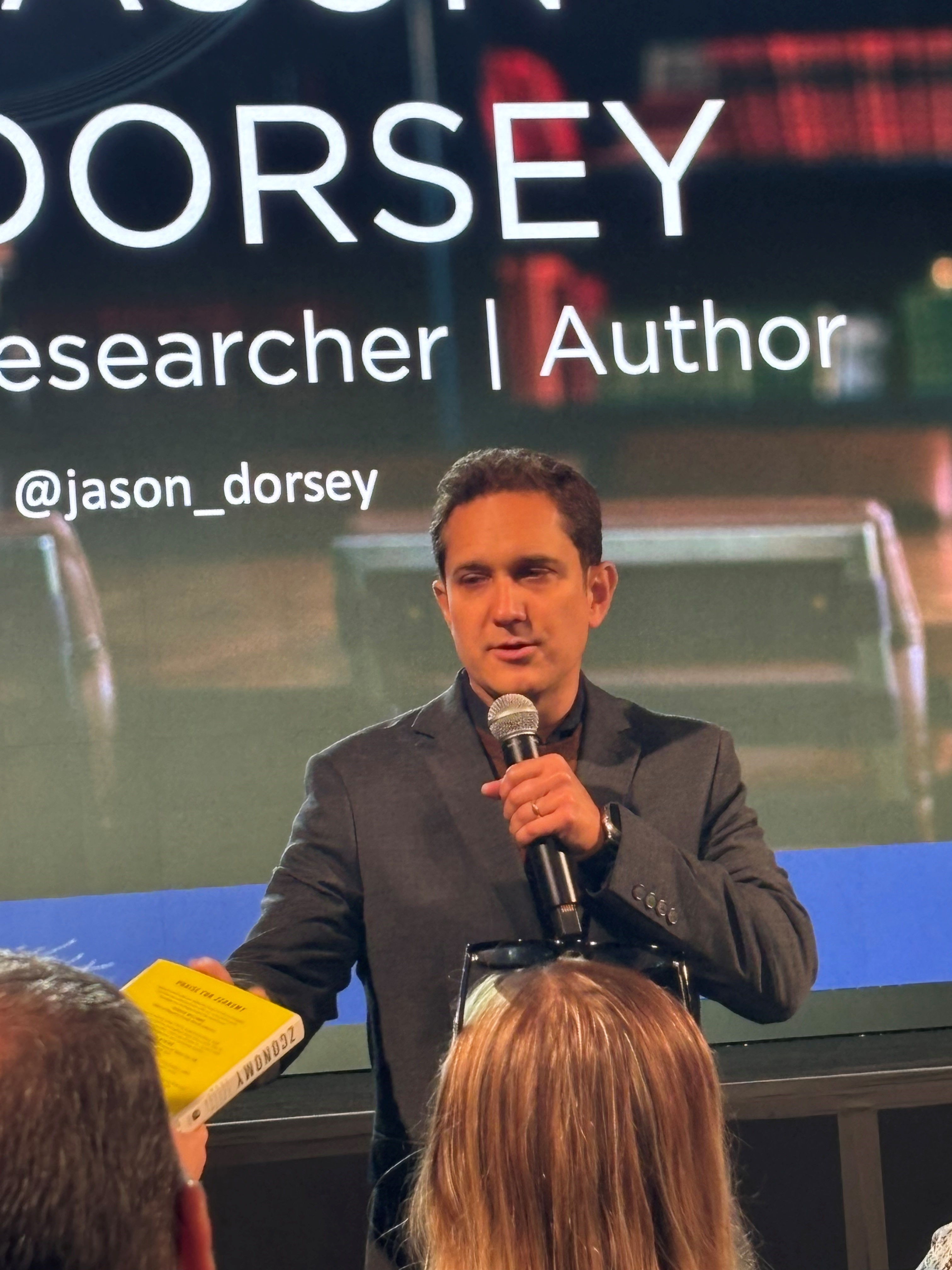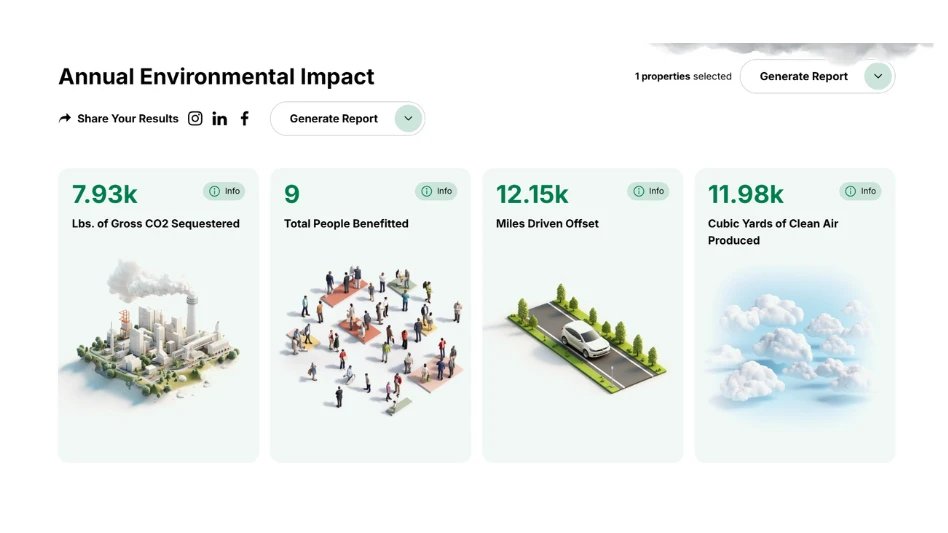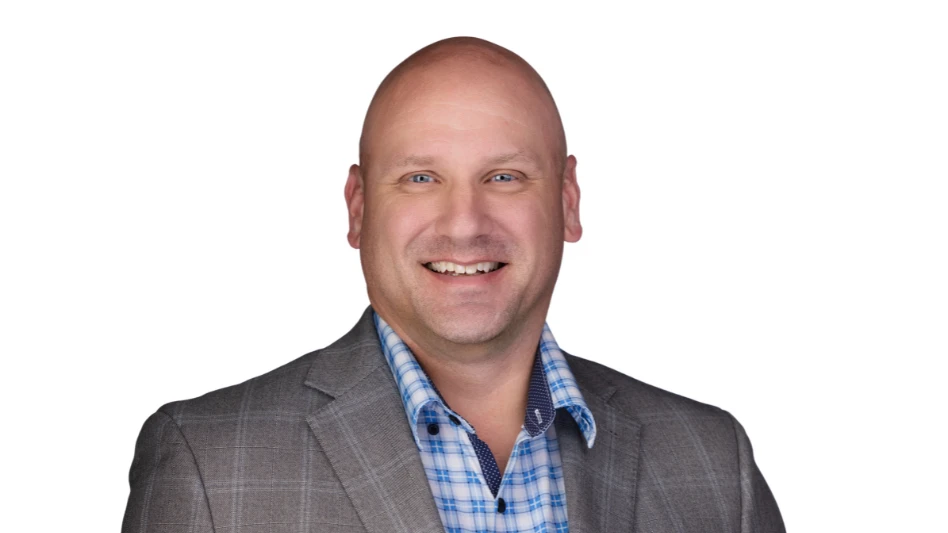
Kim Lux
It’s no surprise that finding qualified labor in the green industry is still a challenge.
Recruiting and retention have become paramount to running a successful company. And with a younger generation joining the workforce, effective communication and leadership become essential to eliminate some generational oversight.
That’s why Jason Dorsey, an acclaimed author and researcher, gave a keynote presentation about all the major generations in the workforce today at WorkWave’s Beyond Service User Conference earlier this winter.

“Generations are just clues and we get to decide if we do something about it,” he says. “We all operate in the world through a generational lens.”
But from baby boomers to Gen Z and millennials, Dorsey says we aren’t as different as the media portrays us.
“Some of the things I say today will make you comfortable,” Dorsey warned attendees. “My goal is to change how you view generations.”
According to Dorsey the No. 1 thing that shapes generations is parenting.
“Now here’s where it gets interesting — we learn from our parents’ things like ‘Is a job beneath you?’ and ‘Do you have to go to college to be successful?” Dorsey notes. “Recruiting and retention is hard. This is a people-driven business. In this industry, one of the challenges we don’t talk about enough is two-step recruiting. I have to not only get emerging generations excited to work in this industry, but who do they have to persuade they should work in this industry? Their parents.
“We’ve got to give them the materials and the messaging so they can go back and talk about why this is a great industry and a great job for them,” he adds.
So, naturally, Dorsey says most CEOs and owners immediately shift into promoting sales, profitability and other ways to attract potential employees.
“The reasons why people don’t do something are always stronger than the reasons why they do,” he says. “There is way more opportunity on the other side.”
Dorsey urged attendees to ask themselves why people are choosing not to work for them, or why they aren’t staying with the company or even referring their friends to the company.
The best way to do so is to have a better understanding of the generations, what their aspirations are and what causes them concern.
Here’s some quick facts Dorsey gave about the four major generations in the workforce today:
Gen Z (Ages 13-29):
- Gen Z is the fastest growing generation in the workforce.
- They are driving technology upward for the first time in history. “It used to be the old and the rich who could afford tech adoption and drive it down, but now the younger you are, the more you are driving tech adoption up because it’s free or low-cost,” he says.
- Out of all the generations, Gen Z most trusts technology — especially social media.
- Gen Z are savers, and they care deeply about social causes. “Gen Z believes they will never afford to retire,” Dorsey says. “What Gen Z most wants is stability.”
- Gen Z retention is already higher than Millennial retention.
Millennials (Ages 30-48):
- They are the largest generation in today’s workforce and are the largest in the landscaping and field service industries.
- According to Dorsey, Millennials aren’t necessarily tech savvy but tech dependent. “We don’t know how technology works but we know we cannot live without it,” he says.

- Dorsey says Millennials tend to be miscast and that’s because the generation is broken into two subcategories he calls “Me-llenials” and “Mega-llenials.” He adds the two groups can no longer relate to each other.
- The “Mega-llenials” are known for doing everything they were told they were supposed to do — go to college, get a job, buy a house, etc. The “Me-llenials” however are struggling to pull themselves forward, and that’s where the stereotype of millennial entitlement comes from.
- Dorsey adds that Gen Z is already leapfrogging the “Me-llenials” in the workforce.
Gen X (Ages 49-60):
- Gen Xers are known to be naturally skeptical. They are of the “actions-speak-louder-than-words generation,” Dorsey says.
- Research is important to them as they are known to trust and verify rather than just believe what they are told.
- Dorsey explains how Gen X is often being pulled in three different directions as they are most commonly the generation raising children and caring for aging parents. Dorsey says recognize this responsibility and create a space that allows them to be able to do this easily.
- Gen X will decide in the next two years if they’ll stay and finish out their careers with their current company or move on. “They are the most important generation to retain,” Dorsey adds. “We don’t talk about Gen X enough. They are the glue in the workforce.”
Baby Boomers (Ages 61-79):
- Dorsey says it’s this generation that clearly has the most life and work experience, making them invaluable.
- Boomers believe there are no shortcuts, and they tend to show up to work early.
- This generation was brought up craving things like stability, which is reflective of how the Gen Z generation is feeling now entering the workforce. “Gen Z is a throwback generation behaviorally,” Dorsey says. “They are most like Boomers. We cannot be more excited about that.”
“Every generation is equally valuable,” Dorsey says. “Give them the space to be who they are.”
Latest from Lawn & Landscape
- Bartlett Tree Experts gave away 50,000 tree seedlings for Arbor Day
- Connect, Control & Conserve with Horizon Technical Services
- Use Horizon's Parts Hotline
- How I built a Top 100 company
- Horizon’s Exclusive TurfGro Fertilizer
- Grow your business with mosquito control
- LandCare adds 2 branches in SoCal, promotes Aleman to branch manager
- Spray them away





